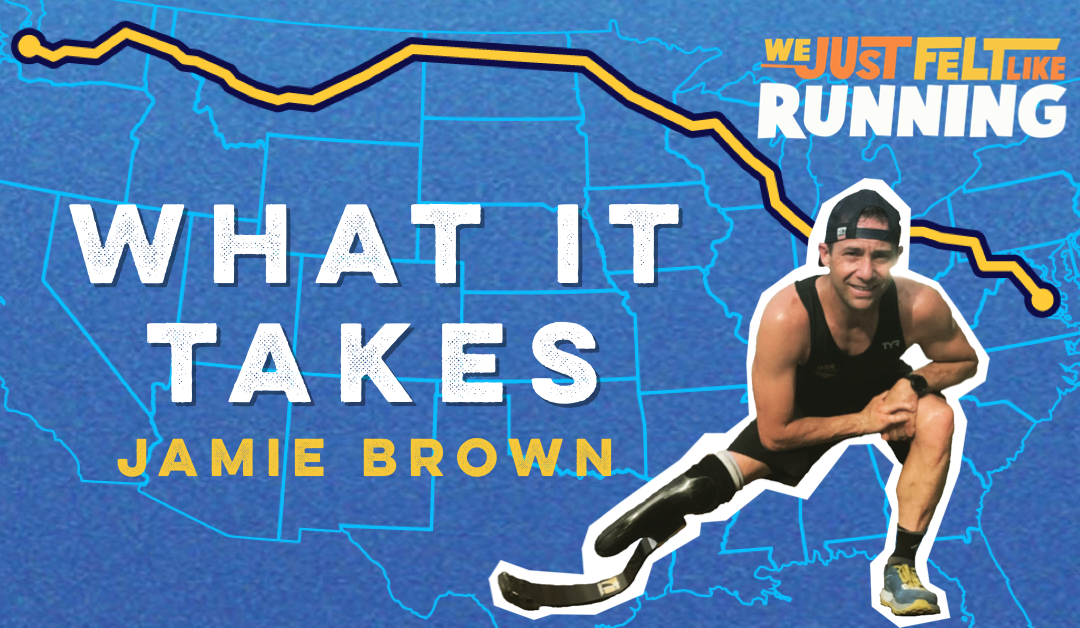There are many ways you could describe Jamie Brown; animal lover, adventurer, and coach just to name a few. But above all else, he has always been an athlete.
Brown began playing sports when he was five and hasn’t stopped since. Growing up, he played everything from roller hockey to football to basketball. It was in high school that his love for the sport of baseball became serious and soon he was off to Chapman University in California. While at Chapman, Brown’s team would play in the College Baseball World Series.
“I’ve just always identified as an athlete. For me, [sports] was always a way to interact with my peers and I really enjoy competition. You could say I’m highly competitive when I need to be. I’ll knock you down, but then I’ll pick you up,” Brown said with a grin and chuckle.
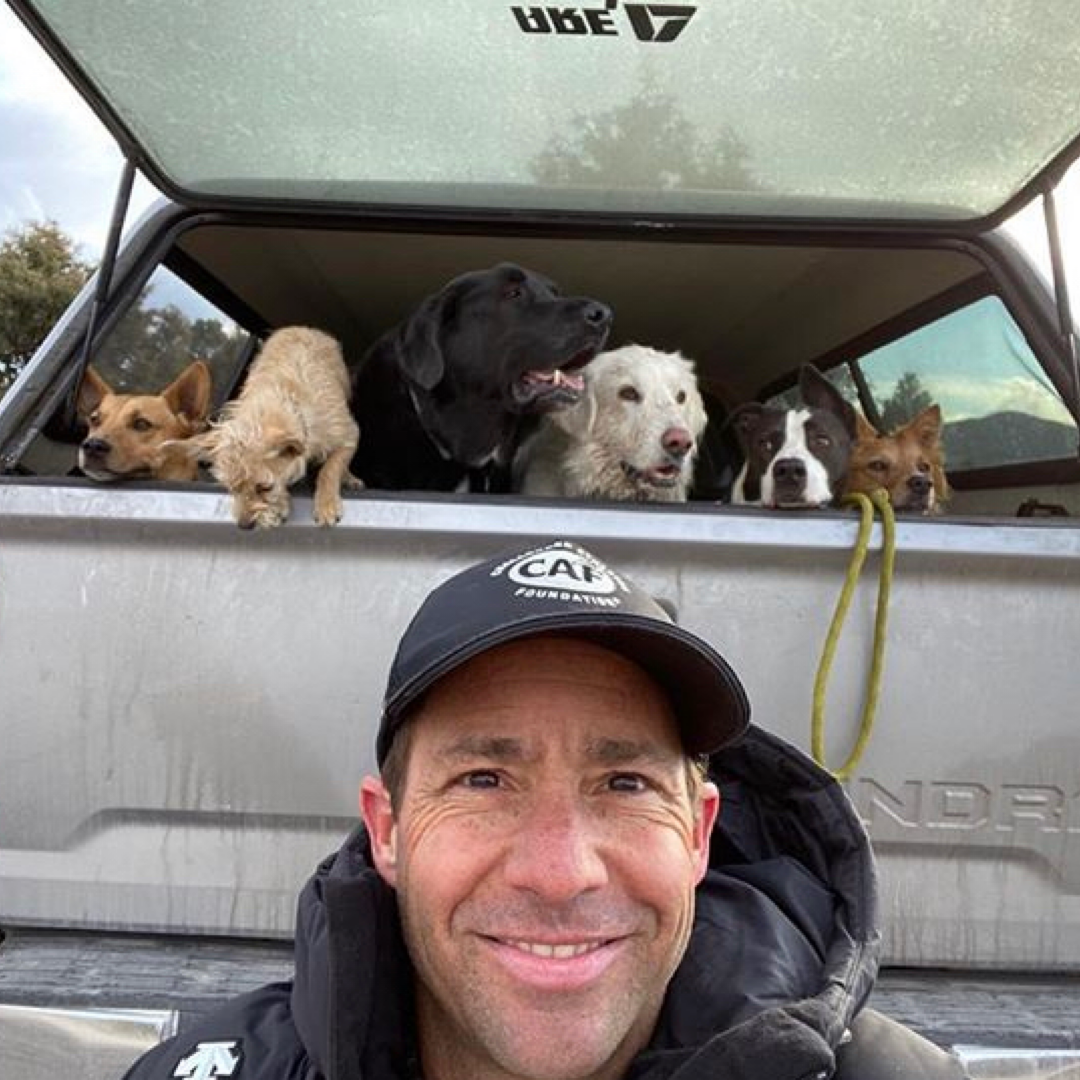
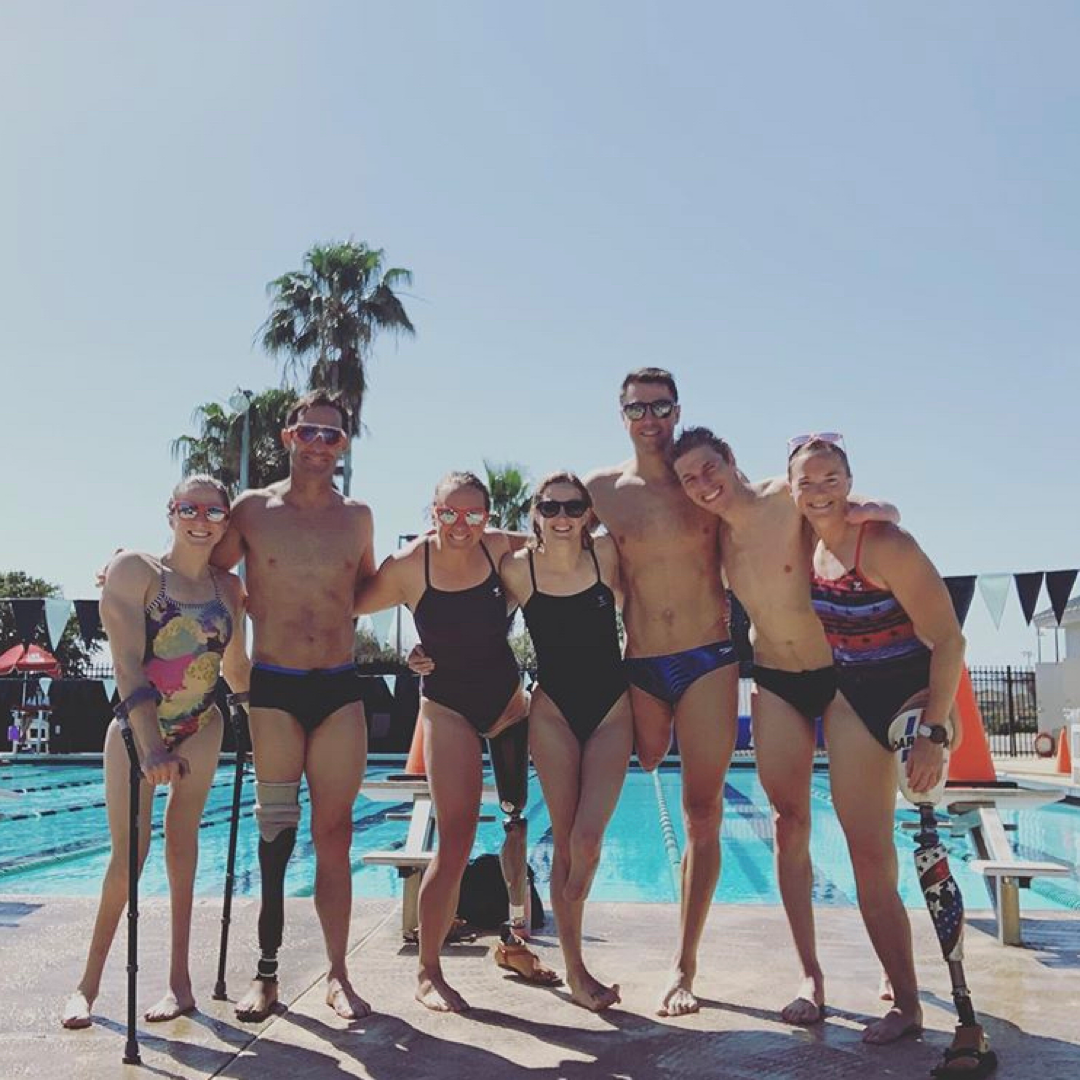
In 2010, Brown found himself introduced to the sport of triathlon when he attended the Challenged Athletes Foundation’s (CAF) San Diego Triathlon Challenge and fell in love with the sport. That’s when he entered the world of paratriathlon and, yet again, quickly rose to the top earning three National Titles and two additional second place finishes. He finished the 2014 ITU World Championships as the fastest leg amputee. These accomplishments earned him a spot on USA Paratriathlon’s National Team and he is currently focusing his efforts for the 2021 Paralympic Games in Tokyo.
“I’ve played able-bodied sports and I’ve also played para-sports. And I’ve been very fortunate to have played at a very high level for both. A lot of things had to go right for me to compete at that level,” Brown said.
Brown was born with a congenital birth defect missing the fibula on his right leg and three fingers on his right hand. At ten months old, he underwent amputation and was fit for his first prosthetic two months later at Shriners Hospitals for Children. Having been an amputee for 40 years now, Brown has experienced the evolution of prosthetics and the care surrounding them.
“My first foot was cork. Not carbon. Not wood. Cork. It was cork and plaster. It basically looked like a cast with a piece of cork board,” said Brown. “Every time there would be an advancement in prosthetics, I would want to experiment.”
Brown explained he is very grateful for Shriners and what they do, but unfortunately their budget didn’t always accommodate the needs of what it takes to really excel at sports.
“For a kid like me, they were going to err on the side of caution,” Brown said. “And I was coming back every other week saying ‘Hey guys, can you fix this thing? I’m trying to go biking, play baseball, or whatever.’”
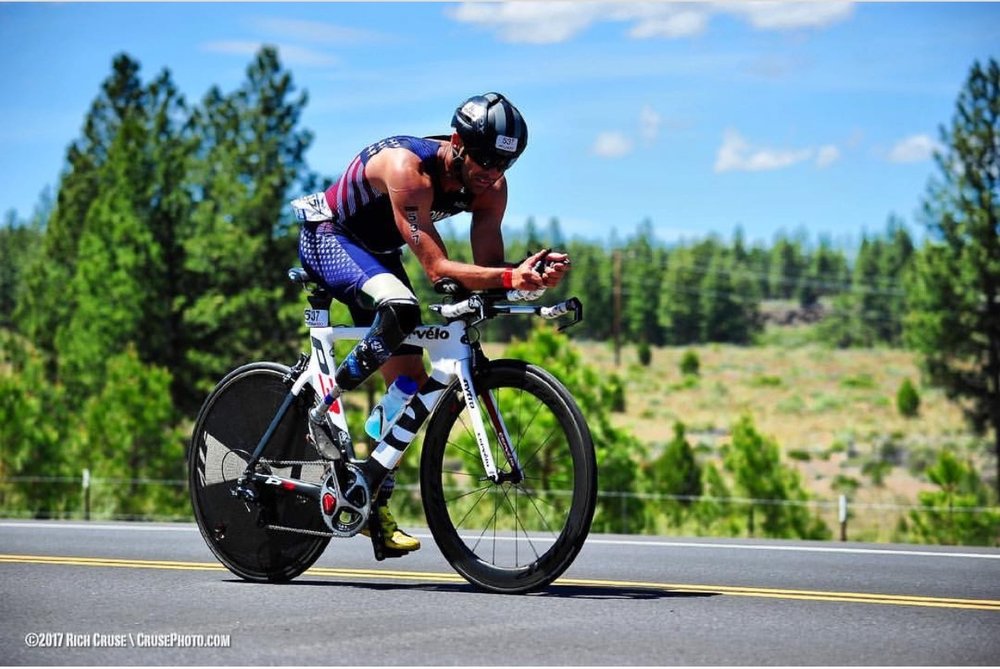
It was at Shriners that Brown met a prosthetist named Rudy Nunez, C.P. Nunez went on to open his own practice and Brown followed. Nunez never charged Brown for as long as he saw him as a patient, an experience that is almost completely unheard of within the amputee community. But most importantly, Nunez actively listened to Brown’s needs and suggestions.
“He was very open minded about ideas I had and the way they would go about doing things. It was huge. He saved my life when it came to stuff like that,” Brown said.
But even with Nunez’s support, Brown quickly learned as a child that if he wanted to live his life to the fullest, he would have to become an advocate for himself. Brown recalls preparing for appointments and having to “think outside the box” to address his needs when looking to participate in athletic activities.
“They would say they had to put me this particular way but I would say ‘No, I don’t think so. I think I’ll try it this way. This is how I need to do it. I’m the only one like me,’” Brown said. “A lot of it is perseverance and if you want to be successful at something you have to find a way to make it work.”
Brown was used to having to make things work. He had competed for years all while using an everyday, walking prosthesis. But he recalls his junior year of high school he came to a crossroads as a baseball player.
“I was contemplating quitting as my inferior prosthesis at the time was literally holding me back. It was during the winter of that year that I remember receiving my first sports prosthesis, an Össur carbon fiber foot. It immediately allowed me to be more dynamic as an athlete and propelled me through high school and into college. Ultimately, it gave me the opportunity to compete at the College World Series,” he shared.
Brown explained that utilizing a walking prosthesis for more intense physical activity can cause irreparable damage to a person’s body. Unfortunately, many amputees are potentially forced into injury or remain inactive because insurance companies do not cover prosthetics for athletics.
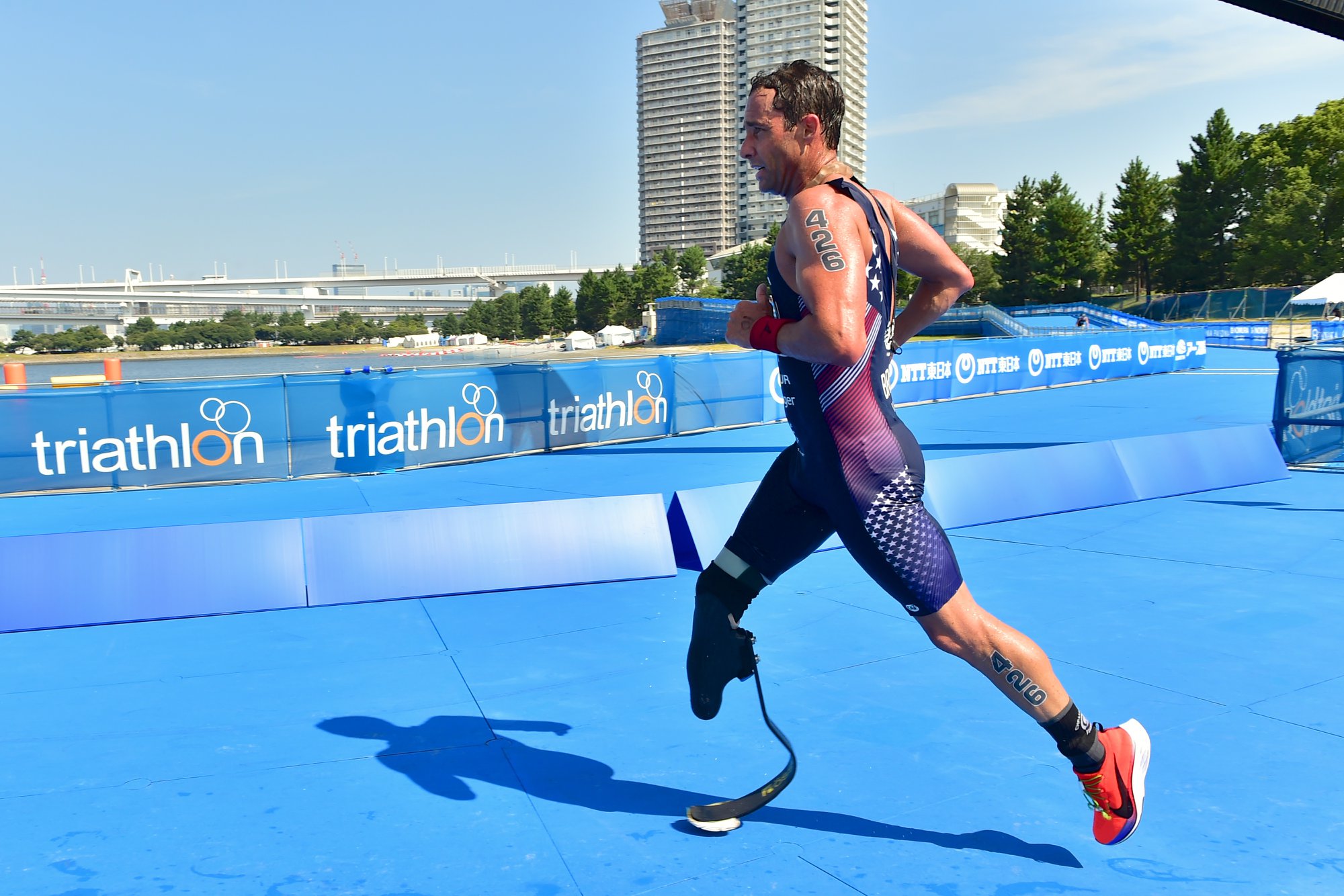
“The biggest problem with running [with a walking prosthesis] is that all you do is land on your heel and you don’t push off with your toes; as a result, your back, hip and knee just get destroyed. Being able to plantar flex and dorsiflex with your calf and foot basically acts as a shock absorber, which is what is mimicked in a running blade. But if your prosthesis doesn’t accommodate that, you don’t have much bend. Your foot hits the ground and all of that energy is absorbed through your hip, knee, and your back. You will have a lot of problems at some point,” Brown said.
He went on to explain what the transition from a walking prosthesis to a running blade feels like for someone who has never experienced it.
“Imagine if you’re running and someone had a piece of tape on the bottom of your toe and pulled it all the way up to your knee and you couldn’t push down and it was always stuck up. That’s kind of what it would be like to run with a walking prosthetic leg,” Brown said. “You really don’t know how much energy you expend until you have a running blade. You can’t relate to it. It’s almost like you don’t know you’re doing this, but you’ve spent your whole life running uphill. Then you change [prosthetics] and now all of a sudden you feel like you’re running downhill.”
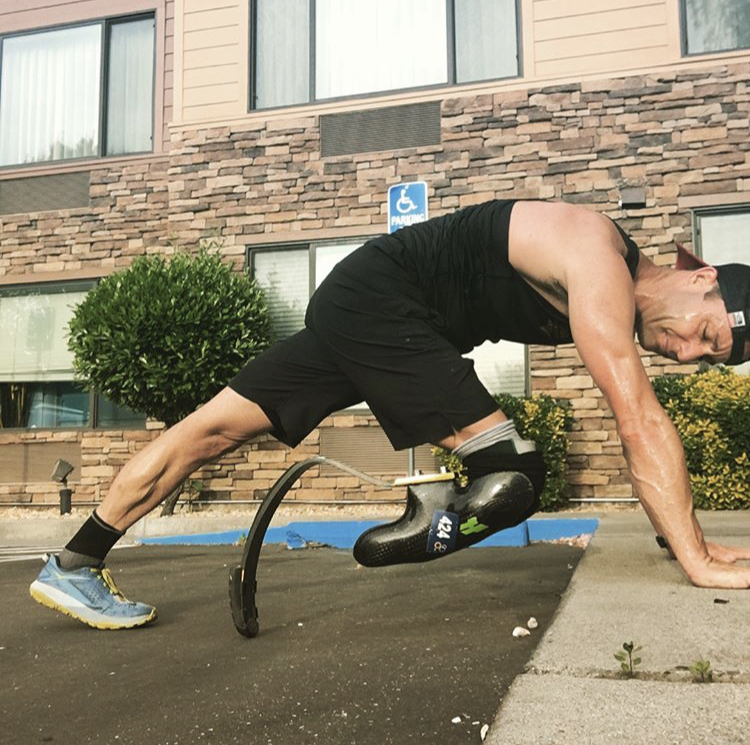
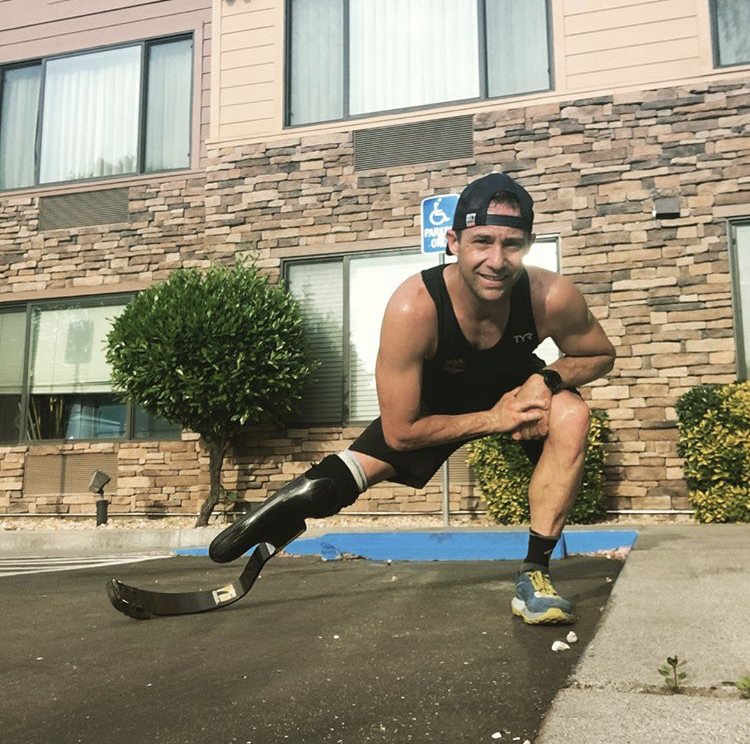
However, even if an amputee is able to access the equipment they need to be active, the cost of basic care and prosthetic maintenance can add yet another obstacle for adaptive athletes. About ten years ago, Brown went to a different care provider following Nunez’s retirement. Shortly after his appointment, he received his bill in the mail.
“I called the insurance company and asked why I had a six thousand dollar bill. They responded that that’s what they covered and I was like, what do you mean ‘cover’? That’s not even 5% of what it costs,” Brown said. “They said that my policy only covered up to a thousand dollars for DME. It wasn’t until that moment that everything changed and I needed to find some friends quickly.”
The reason insurance companies can get away with not covering the necessary equipment people need to live their day-to-day lives is that prosthetics and wheelchairs are classified under Durable Medical Equipment (DME). This same category features devices such as crutches, canes, and walkers and, like Brown experienced, usually has a coverage cap of around $1,000. However, a single leg prosthesis can cost up to $50,000.
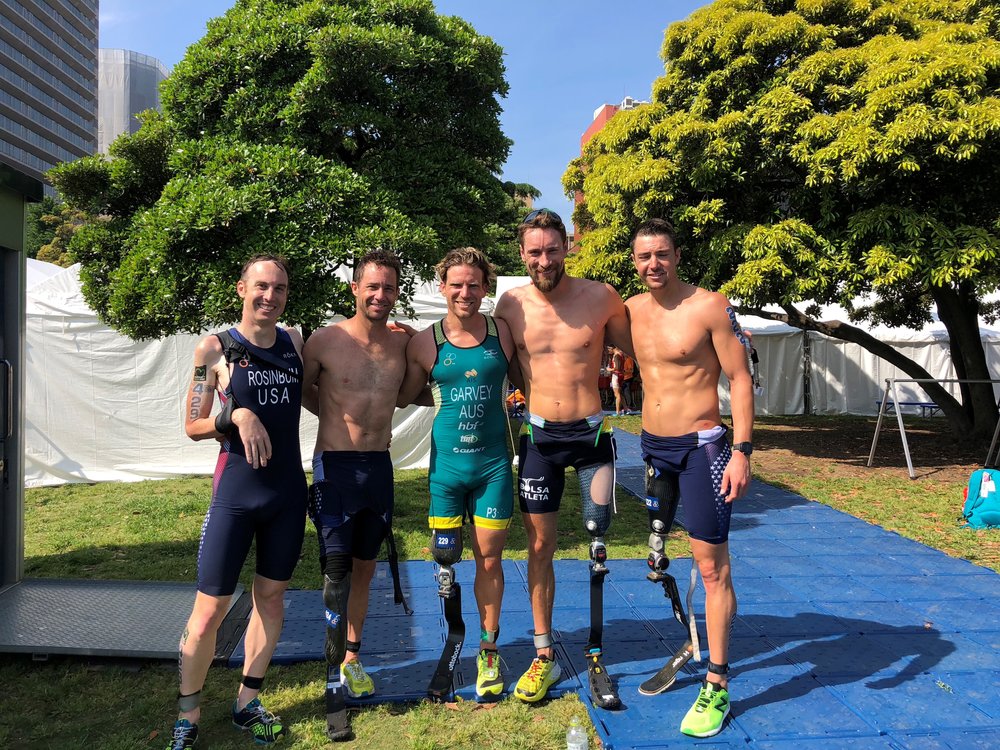
“Wheelchairs and prosthetics should not fall under the DME guidelines like crutches and canes. This is your life and you have the choice to [participate in sport]. But ultimately, most are at the mercy of whoever their prosthetist and insurance company is,” Brown said.
With 40 years of experience being an amputee, Brown wants to give and teach as much as he can to help others take every chance they can to do what they want to do. That’s why he has gotten involved with multiple advocacy organizations and has been working with Forrest Stump’s founder, Nicole Ver Kuilen, for a few years now.
“She’s an extremely driven and humble person. She probably thinks I’m only motivating her, but she really does inspire me to do better by our community. I wouldn’t be the person I am today without Nicole,” Brown said.
You can join Jamie Brown in Forrest Stump’s national advocacy campaign #WeJustFeltLikeRunning to make your impact on the adaptive athlete community too. Register to virtually race with us on October 3rd and sign our petition to be a part of Forrest Stump’s #WeJustFeltLikeRunning team. Learn more about what you can do to exercise your right to exercise.

